15 Shocking Movie Endings That Flip the Story in the Last Second
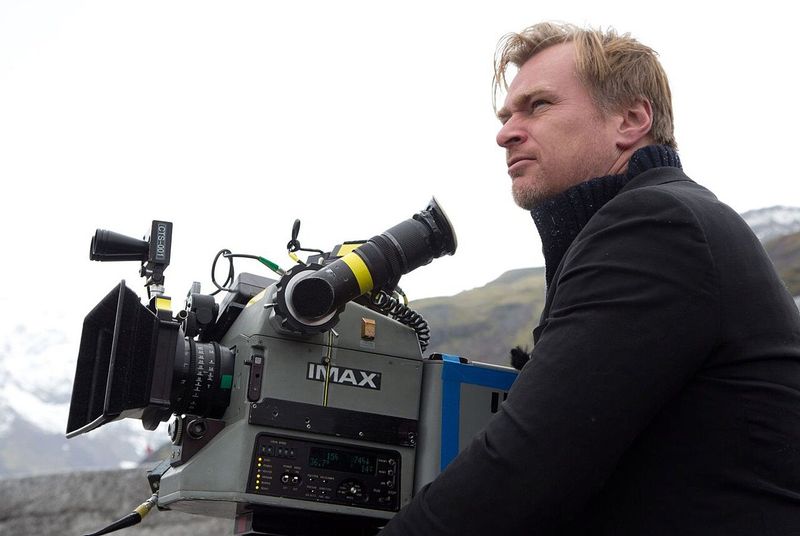
Movies have the power to transport us to different worlds, but nothing quite matches the thrill of an unexpected ending. Those final moments when everything you thought you knew suddenly shifts can leave you speechless. These jaw-dropping conclusions don’t just surprise us—they completely transform our understanding of the entire story we just watched. From psychological thrillers to science fiction masterpieces, these films save their biggest revelations for last
1. Inception’s Spinning Top Mystery

That final shot of the wobbling top haunts viewers years after watching. Cobb reunites with his children, seemingly finding peace after dangerous dream missions.
Yet director Christopher Nolan deliberately cuts before showing whether the totem falls or keeps spinning—the one way to determine if Cobb remains trapped in a dream. This brilliant ambiguity forces audiences to question everything they’ve seen.
The debate continues today: Did Cobb escape the dream world, or is his happy ending just another layer of illusion? Nolan cleverly leaves us suspended between possibilities, making the ending as layered as the dreams within dreams concept itself.
2. The Sixth Sense’s Ghost Revelation
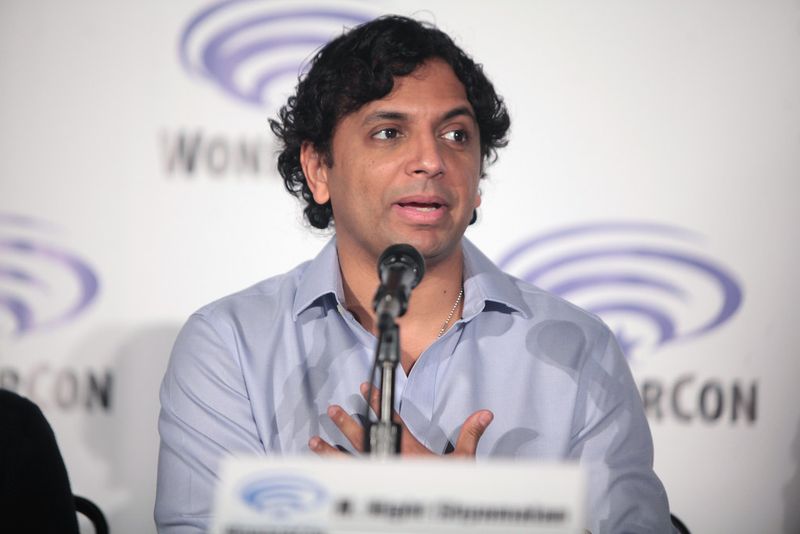
Bruce Willis’ character Malcolm spends the entire film helping a troubled boy who claims to see dead people. The shocking truth? Malcolm himself died in the opening scene.
Director M. Night Shyamalan masterfully plants clues throughout—nobody except the boy ever speaks directly to Malcolm, he wears the same clothes daily, and doors mysteriously open for him. The revelation forces viewers to mentally replay every scene with new understanding.
This twist works brilliantly because it doesn’t feel cheap or tacked on. Instead, it transforms the film from a ghost story into a poignant tale about a lost soul finding peace by helping another troubled spirit.
3. Fight Club’s Split Personality Bombshell
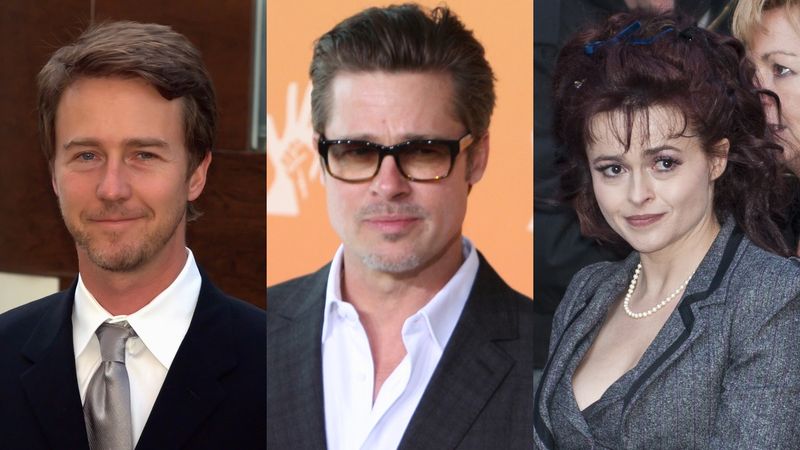
Tyler Durden isn’t real. That revelation hits like a punch to the gut when Edward Norton’s unnamed narrator finally confronts this truth.
The charismatic, anarchic Tyler—played by Brad Pitt—was merely a projection of the narrator’s repressed desires all along. Suddenly, scenes of their interactions take on entirely new meaning as we realize the narrator was talking to himself, fighting himself, and even threatening others as his alter ego.
As skyscrapers crumble in the final scene, the psychological unraveling completes itself. The narrator accepts his fractured mind while holding hands with Marla, leaving audiences to wonder if he’s truly healed or just embracing another form of madness.
4. Shutter Island’s Voluntary Delusion
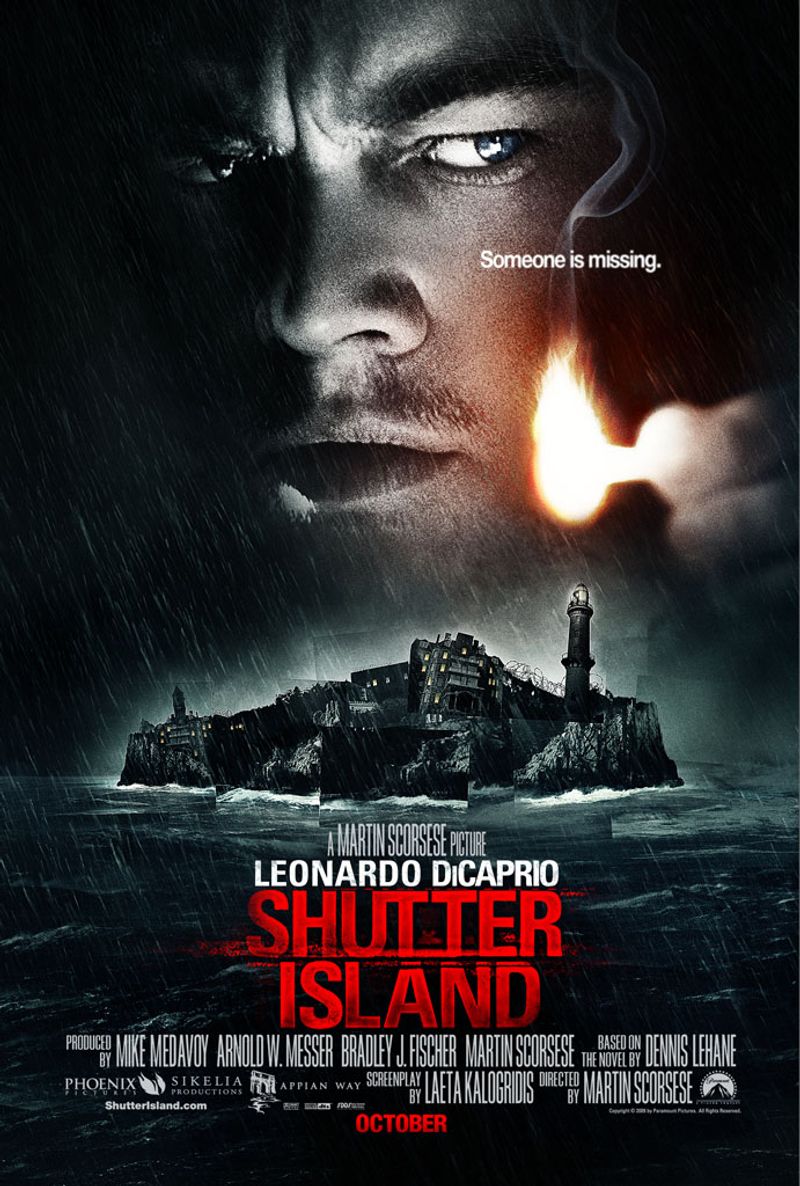
“Which would be worse: To live as a monster, or to die as a good man?” This haunting final line from Leonardo DiCaprio’s character reframes everything we’ve witnessed.
Throughout the film, we follow U.S. Marshal Teddy Daniels investigating a missing patient at an asylum for the criminally insane. The crushing truth reveals Teddy is actually Andrew Laeddis, a patient who created an elaborate fantasy to escape the reality that he killed his mentally ill wife after she drowned their children.
His final line suggests something even more devastating—he’s aware of the truth but chooses the lobotomy procedure rather than live with his guilt, preferring oblivion to remembering his crimes.
5. The Usual Suspects’ Master Manipulator
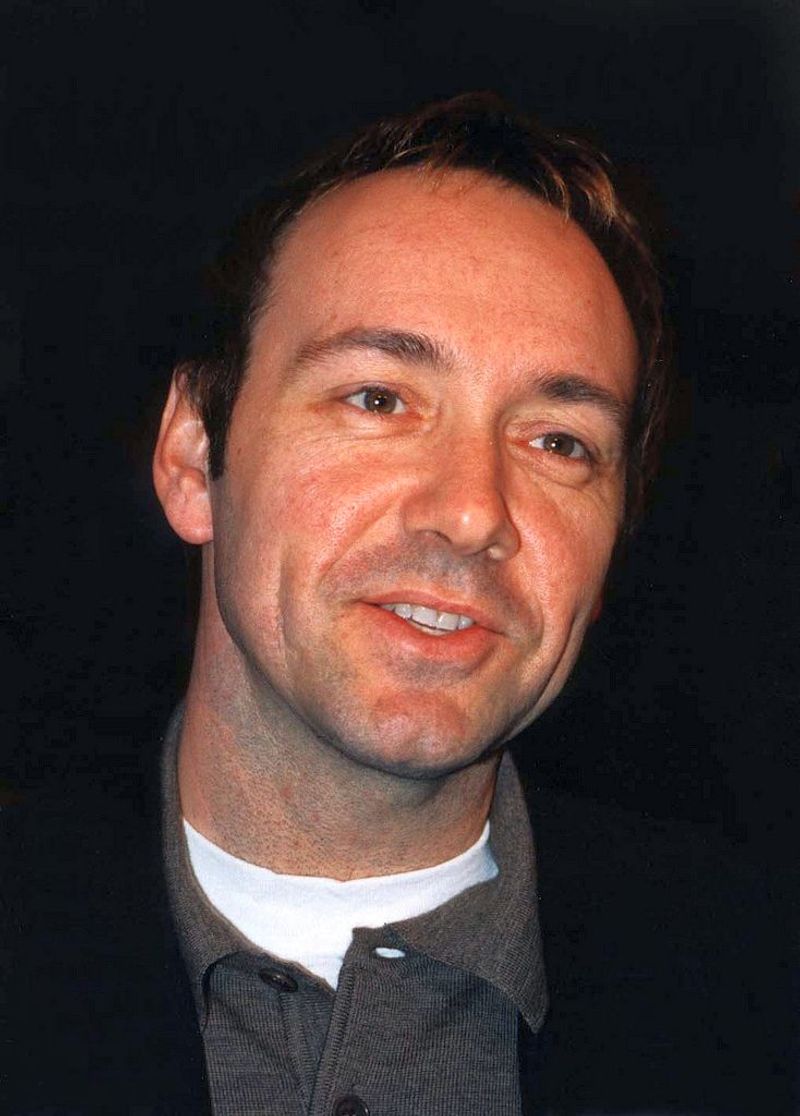
The moment when Detective Kujan drops his coffee mug in slow motion ranks among cinema’s most brilliant reveals. Throughout the film, we believe we’re watching a crippled small-time con man named Verbal Kint tell the story of the mythical crime lord Keyser Söze.
As Kujan pieces together that the details of Verbal’s story came from items on the bulletin board, we watch Verbal’s limp vanish as he walks away. The fabricated story protected Verbal’s true identity all along—he is Keyser Söze.
Kevin Spacey’s performance makes this twist work perfectly, as his transformation from seemingly weak Verbal to the powerful Söze happens in mere seconds with just subtle changes in posture and expression.
6. Se7en’s Package of Horror
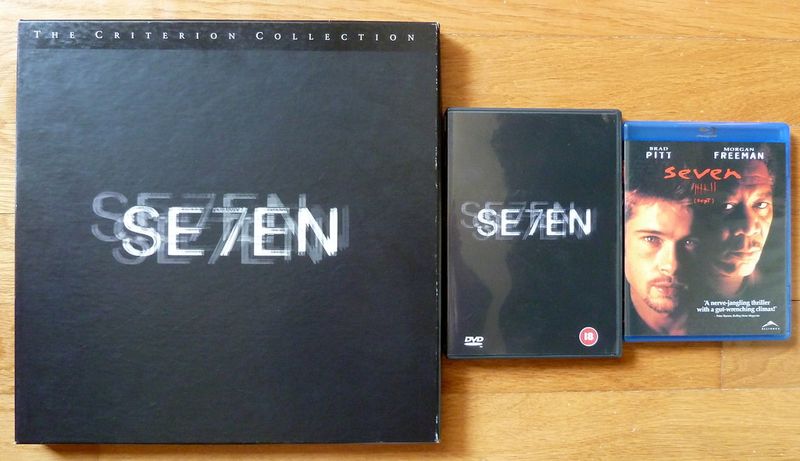
“What’s in the box?” This desperate question from Detective Mills creates unbearable tension in the film’s devastating finale. The serial killer John Doe, having methodically murdered victims representing the seven deadly sins, reveals his masterplan isn’t complete.
The contents of that ordinary cardboard box—the severed head of Mills’ pregnant wife—transforms Mills into the embodiment of Wrath, the final sin. By executing John Doe in rage, Mills completes the killer’s twisted vision.
Director David Fincher brilliantly never shows the box’s contents, letting our imagination create something more horrifying than any visual. The genius lies in making the hero’s emotional collapse the final piece of the villain’s victory.
7. The Prestige’s Ultimate Sacrifice
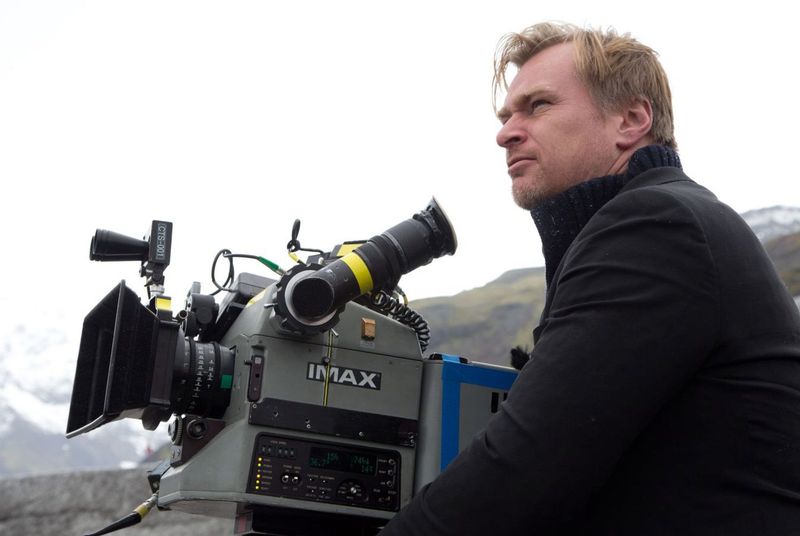
Magic tricks rely on misdirection, and so does this Christopher Nolan film about rival magicians. The revelation that Christian Bale’s character Borden is actually identical twins sharing one life explains his superior “Transported Man” illusion.
But the true horror comes when we learn Hugh Jackman’s Angier used Tesla’s machine to create multiple copies of himself—drowning each duplicate after every performance. The camera pans across tanks filled with dead Angier clones, revealing the grotesque lengths he went to match Borden’s skill.
This ending forces us to reconsider which magician made the greater sacrifice: the twins sharing one identity and love, or the man who repeatedly killed himself for fame. Both achieved “the prestige” through terrible personal costs.
8. Memento’s Self-Deception
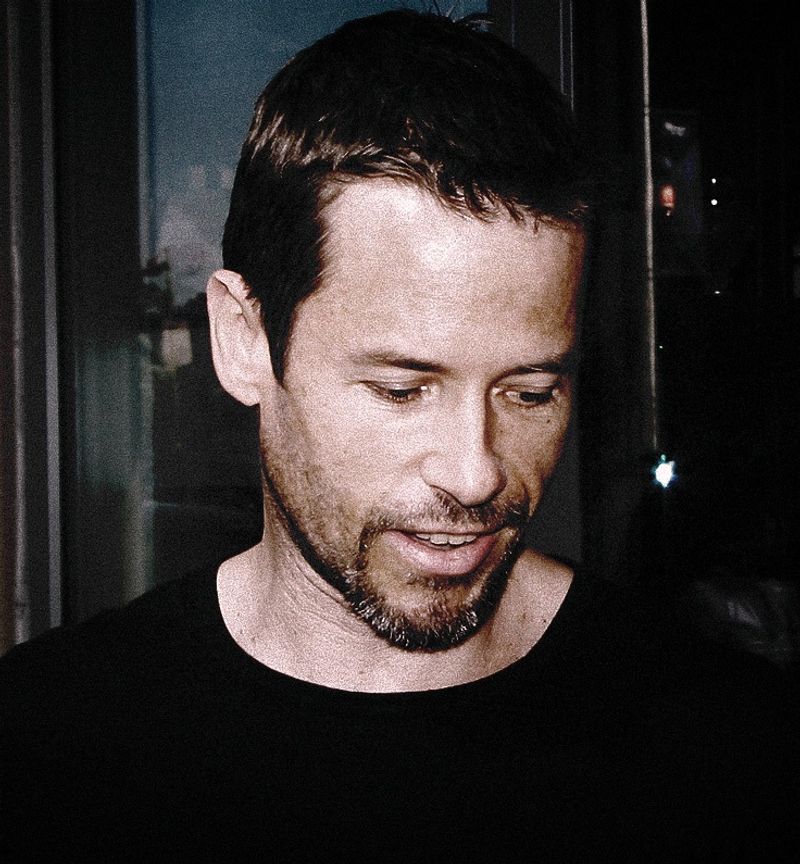
Leonard Shelby hunts his wife’s killer while struggling with short-term memory loss, tattooing clues on his body to remember his mission. The devastating twist? He already found and killed the attacker years ago.
The film’s reverse chronology brilliantly mirrors Leonard’s condition, keeping viewers as disoriented as he is. We eventually learn that Leonard deliberately destroys evidence and manipulates his future self, creating an endless revenge quest rather than face life without purpose.
His handler cruelly explains, “You don’t want the truth. You make up your own truth.” This transforms the film from a revenge thriller into something more profound—an exploration of how we all construct narratives to give our lives meaning, even if those stories are lies.
9. Prisoners’ Whistle in the Dark
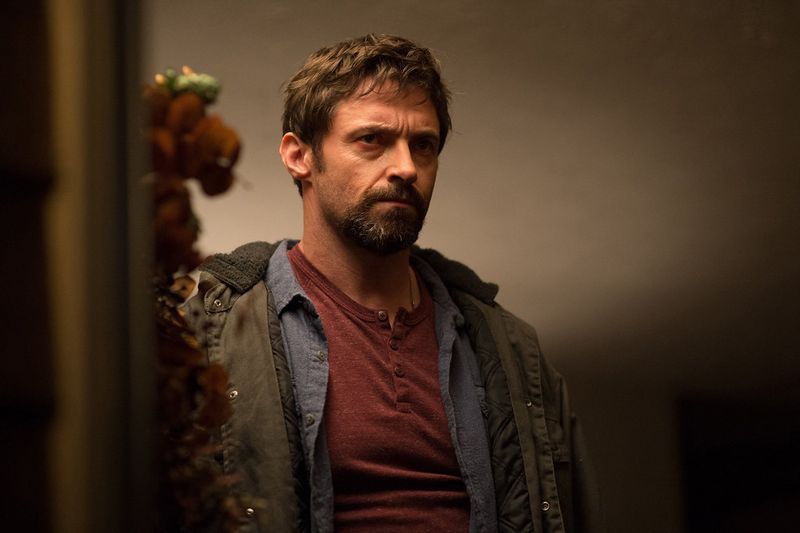
After a grueling search for his kidnapped daughter, Hugh Jackman’s character Keller Dover ends up trapped in a hidden pit beneath the kidnapper’s property. Detective Loki solves the case and rescues the other victims, but never discovers Keller’s location.
As snow begins falling in the final scene, Loki sits in his car near the property. The camera lingers as he hears a faint whistle—the same distinctive whistle Keller taught his daughter to use in emergencies.
The film cuts to black before confirming whether Loki recognizes the sound or investigates. This brilliantly ambiguous ending leaves viewers suspended between hope and despair, mirroring the emotional turmoil experienced by families of missing persons.
10. Oldboy’s Devastating Family Secret
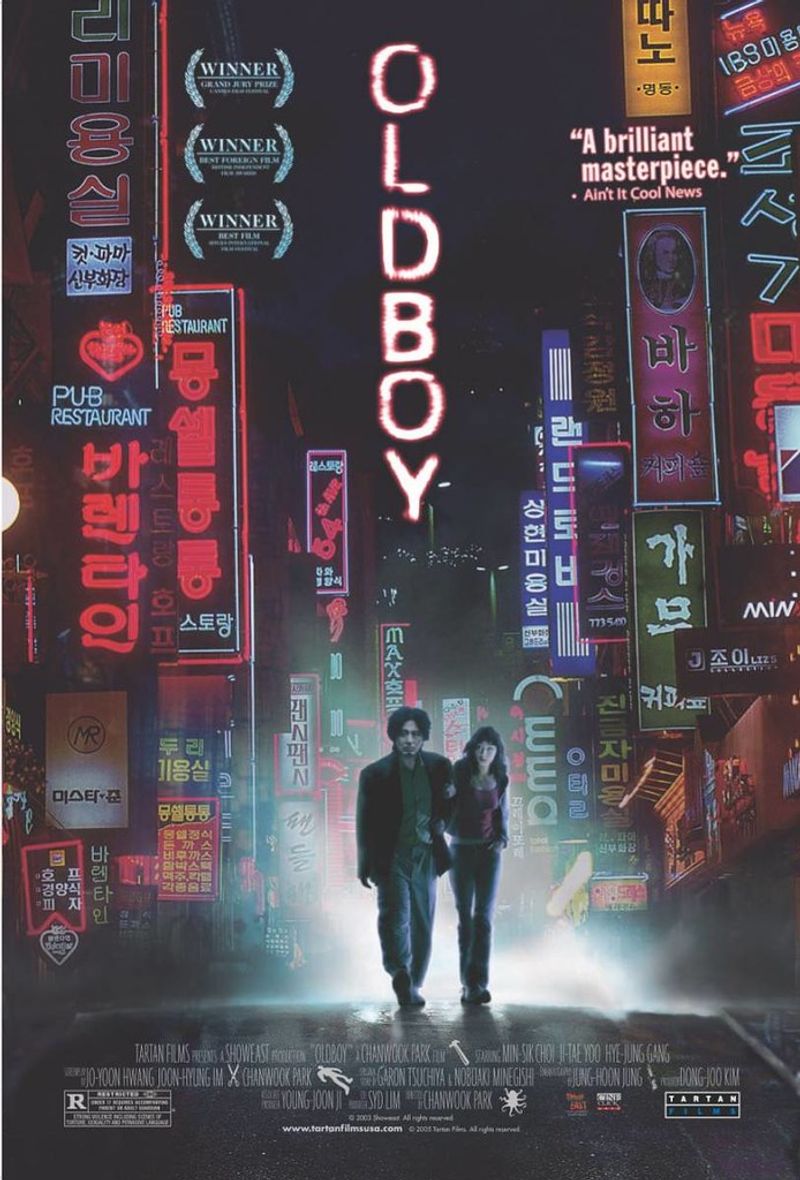
Vengeance consumes Oh Dae-su after his unexplained 15-year imprisonment. Upon release, he falls in love with a young sushi chef while hunting for answers about his captivity.
The shattering revelation comes when his captor Lee Woo-jin unveils his elaborate revenge: the young woman is actually Oh Dae-su’s daughter, manipulated through hypnosis into an incestuous relationship. This punishment stems from Oh Dae-su’s youthful gossiping that led to Woo-jin’s sister’s suicide.
Director Park Chan-wook creates a modern Greek tragedy where the punishment far exceeds the crime. The final image of Oh Dae-su’s face twisted in a pained smile after voluntary hypnosis to forget the truth demonstrates how some revelations are too unbearable for the human mind.
11. Atonement’s Fictional Resolution
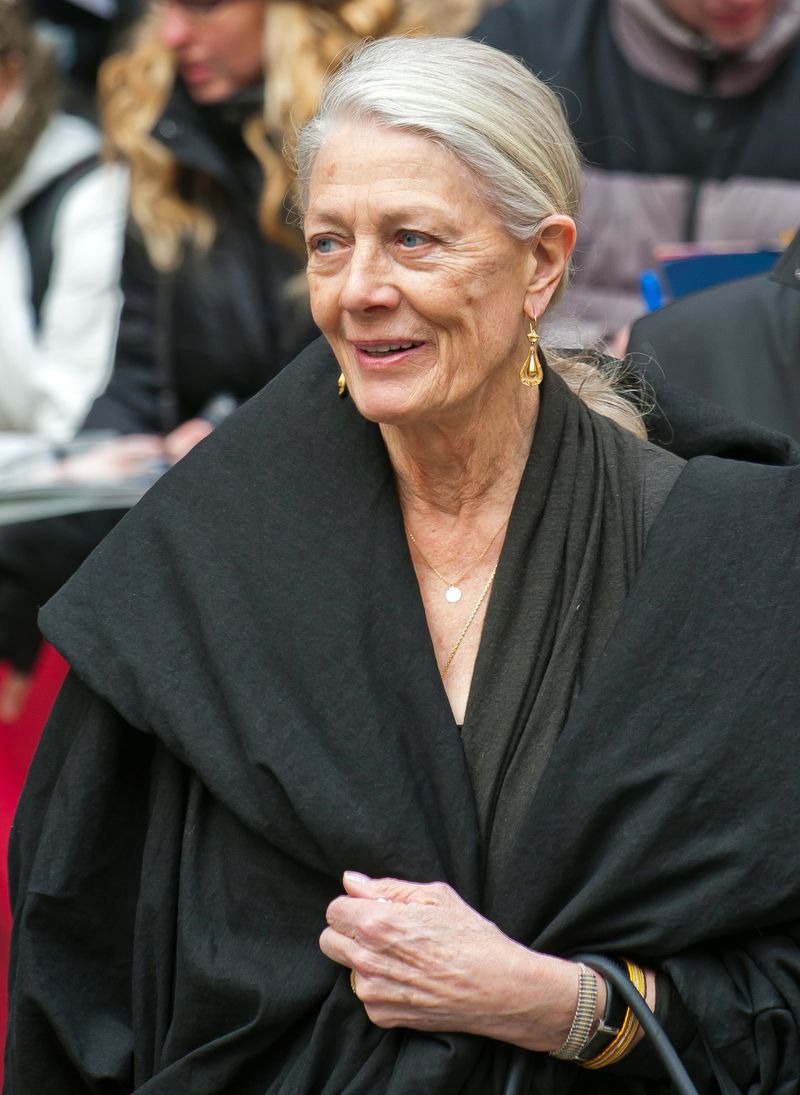
Throughout the film, we follow the love story of Robbie and Cecilia, torn apart when young Briony falsely accuses Robbie of assault. The war separates them further, but we see them reunite in a seaside cottage, finally together after years of suffering.
Then comes the crushing blow: elderly Briony reveals she invented this happy ending. In reality, Robbie died at Dunkirk and Cecilia perished in a bombing—they never reunited.
Briony, now a novelist, created this fictional happiness as her form of atonement, unable to undo her childhood lie that destroyed two lives. This meta-twist transforms the entire film into a meditation on storytelling itself—how we use fiction to process guilt and reimagine painful truths we cannot change.
12. Black Swan’s Perfect Death
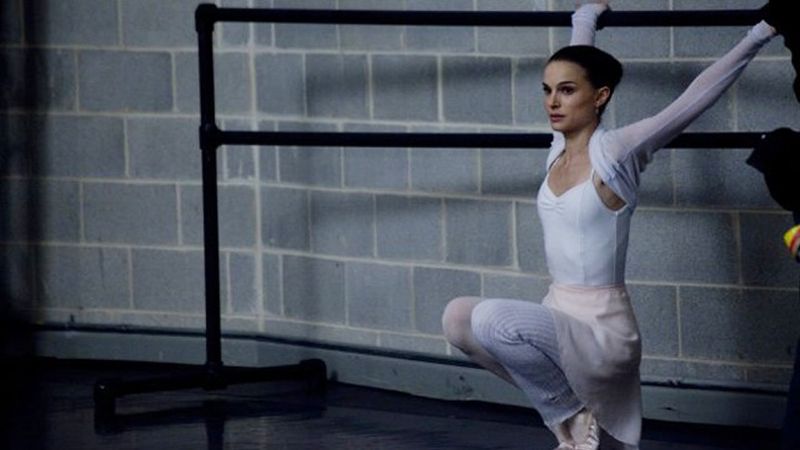
“I was perfect.” These final words from Natalie Portman’s Nina capture the devastating price of artistic obsession. Throughout the film, we witness her deteriorating mental state as she prepares for the dual role in Swan Lake.
Her triumphant performance as both the White and Black Swan appears to mark her artistic breakthrough. The horrifying truth emerges when blood spreads across her costume—she stabbed herself during a hallucination, mistaking herself for her rival.
Director Darren Aronofsky blurs reality and delusion so masterfully that viewers question which events actually occurred. The ending suggests Nina’s pursuit of perfection was always destined for self-destruction, making her final performance literally her swan song—beautiful, transcendent, and fatal.
13. 2001: A Space Odyssey’s Cosmic Rebirth

Stanley Kubrick’s sci-fi masterpiece concludes with one of cinema’s most enigmatic sequences. After astronaut Dave Bowman enters the mysterious monolith, he experiences a psychedelic journey through space and time.
We next see him aging rapidly in an elegant white room, reaching toward another monolith before transforming into the glowing “Star Child”—a fetus-like being floating above Earth. This bewildering finale has sparked decades of interpretation.
The sequence suggests humanity’s evolution guided by higher intelligence, with the Star Child representing our next evolutionary leap. Kubrick transforms what began as a space adventure into a profound meditation on human consciousness and our place in the cosmos, leaving viewers with questions that transcend conventional storytelling.
14. The Game’s Elaborate Deception
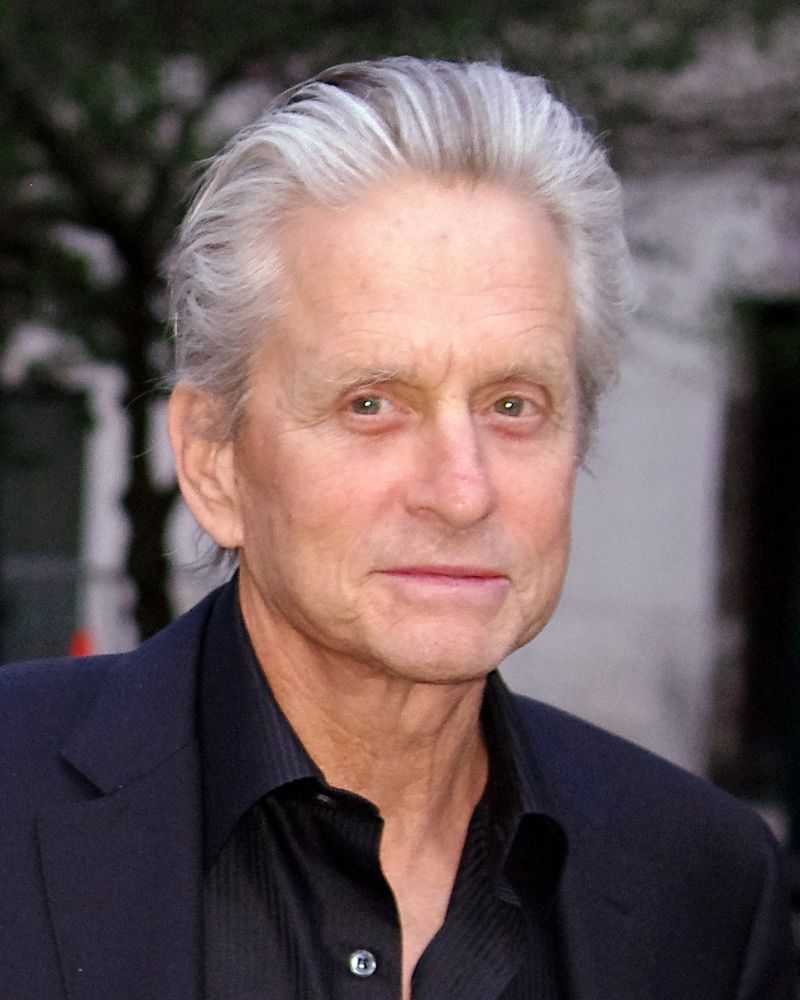
Wealthy banker Nicholas Van Orton receives an unusual birthday gift—participation in a mysterious “game” that blurs the line between reality and fiction. As his life spirals into chaos, he seemingly loses everything.
Cornered on a rooftop, Nicholas jumps in apparent suicide, crashing through a glass ceiling. Instead of death, he lands on a giant airbag at his own surprise party, surrounded by everyone involved in his ordeal—including people he thought were dead.
The entire nightmarish experience was an elaborately staged intervention orchestrated by his brother to break Nicholas from his emotional isolation. This whiplash from tragedy to celebration forces viewers to reconsider whether the film is actually about trauma or healing—and whether such extreme methods could ever be justified.
15. Funny Games’ Fourth Wall Execution
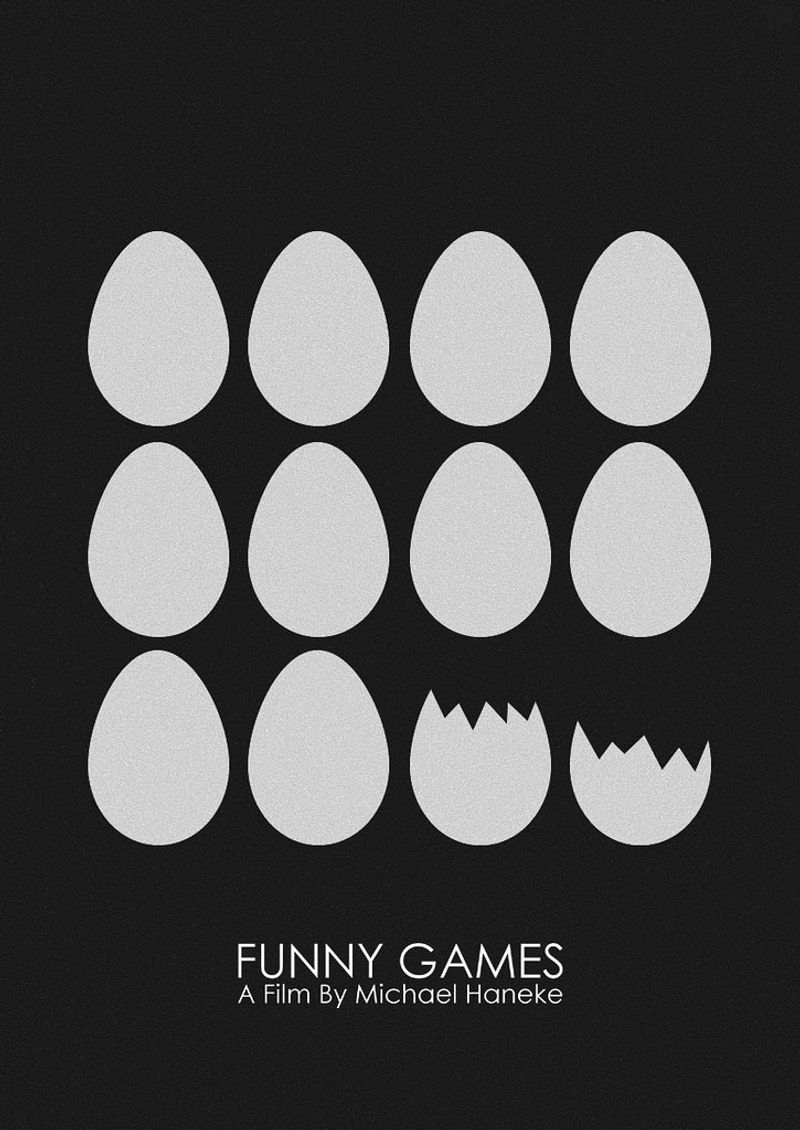
Michael Haneke’s horror film follows two polite young men who take a family hostage and subject them to sadistic “games.” When the mother manages to grab a gun and shoot one of the tormentors, something unprecedented happens.
The surviving killer simply picks up a remote control, points it at the screen, and rewinds the film itself. The scene replays, but this time he prevents her from reaching the gun.
This shocking break of the fourth wall serves as Haneke’s brutal commentary on audience expectations in violence-filled entertainment. By denying viewers the cathartic moment of the victims fighting back, the director implicates us in the violence—we came for entertainment involving suffering, and he refuses to provide the satisfying resolution we crave.

Comments
Loading…